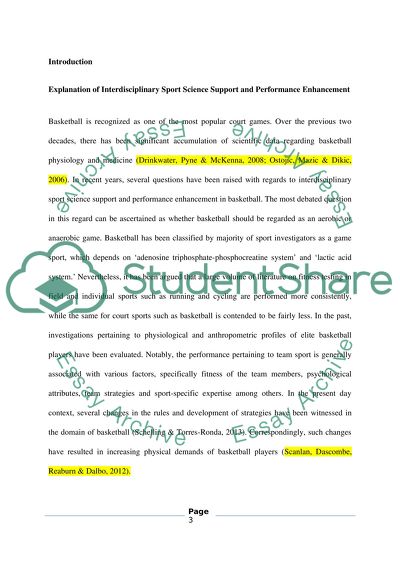Cite this document
(How to Be a Successful Basketball Player Research Proposal - 7, n.d.)
How to Be a Successful Basketball Player Research Proposal - 7. Retrieved from https://studentshare.org/sports-and-recreation/1672712-case-study
How to Be a Successful Basketball Player Research Proposal - 7. Retrieved from https://studentshare.org/sports-and-recreation/1672712-case-study
(How to Be a Successful Basketball Player Research Proposal - 7)
How to Be a Successful Basketball Player Research Proposal - 7. https://studentshare.org/sports-and-recreation/1672712-case-study.
How to Be a Successful Basketball Player Research Proposal - 7. https://studentshare.org/sports-and-recreation/1672712-case-study.
“How to Be a Successful Basketball Player Research Proposal - 7”. https://studentshare.org/sports-and-recreation/1672712-case-study.


